8 Essay-Free Ways to Share Student Research
Essays are necessary undertakings that help our students fluently build, develop, and expand on their ideas. Writing with clear focus and purpose, I would argue, is a critical academic skill that needs to be carried into their academic, professional, and personal lives.
But in the real world, not every research process ends in a full-blown essay. Our visual media is a thriving environment, bursting with sound, color, and image.
Don’t get bogged down by the research essay! While it’s the most traditional student research product, there are other great ways for students to practice and incorporate their research skills.
This article is meant to jumpstart new ideas and encourage you to think outside of the essay box!
Podcasts
Description
Students delve into a topic and write and record a script. It can be a formal, polished podcast fashioned after an NPR podcast or a conversational podcast (here’s a list screened for middle schoolers). Either way, students collect their research much as they would for an essay, but then incorporate it into a narrative. Students love making podcasts – they feel timely, ready for an audience, publishable, and engaging.
How-to
Students start podcast research much like they would traditional research – presearching, asking questions, taking notes. But when it comes to the organizing and writing portion, things are a little different, because podcasts incorporate more narrative components in them. Have them critically listen to other podcasts as examples.
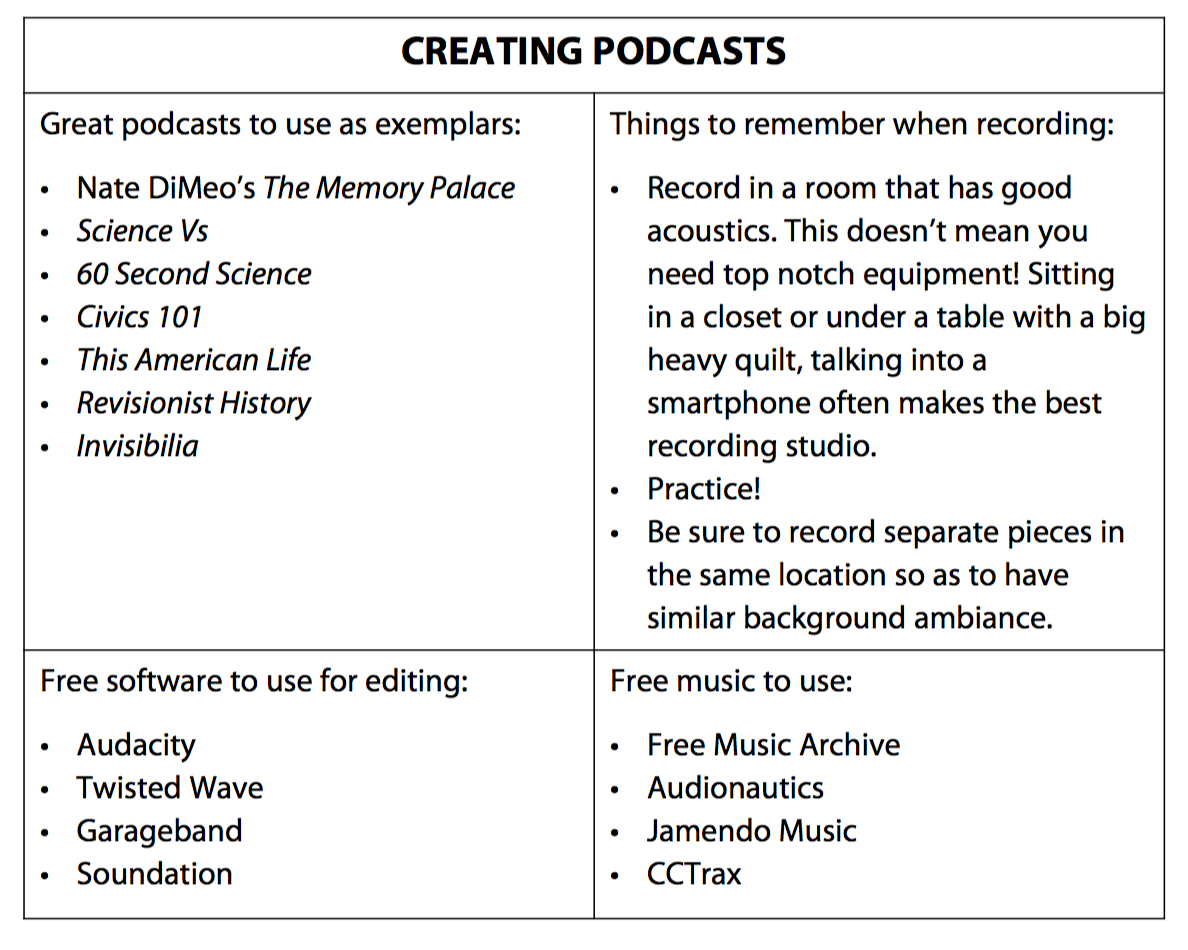
Public Service Announcements
Description
A Public Service Announcement is a great way for students to do short research pieces on issues that concern them in almost any area of study. A PSA can be recorded the same as a podcast; it can be made into a short video clip; or it can be a visual graphic. Students would have to determine who their audience is and how they will best reach them.
How-to
Ask students to identify a societal problem in your field of study to research. The research for these is shorter and more condensed—they need to know what the problem is, why it’s a problem, and determine why their audience should care and what could be done about it. They then need to look at samples of PSAs and break down the components.
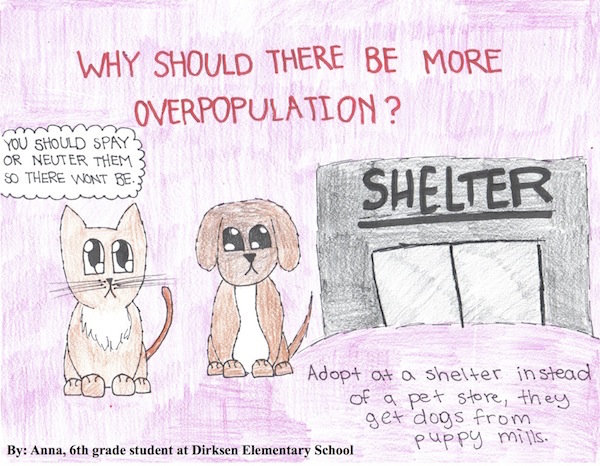
PSAs should be aesthetically engaging, simple, clever, and appealing to our emotions. They are not pages of facts or a ten-minute video. Have students define their main message and what material they will include. The teaching power of the PSA is that the creator has to be concise and focused to get across a convincing message in a small amount of space or time.
Websites
Description
Websites are good places for students to publish their work for a greater audience. If it’s a large writing project, they can include certain components like their essential question and their annotated bibliography on the website. For some examples by older students, check out North Newton (MA) High School’s Capstone Project websites. Here’s one example – notice the menu options across the top.
Another option that might work best in the early middle grades is to have a class website that embraces a larger focus and each student publishes his or her research on its own page.
How-to
Decide the focus and scope of the research and either set up the website that students can add their pages to or have students set up individual websites. Wix, Google Sites, WordPress, Blogger, and Weebly all have easy themes for beginner website builders (students or teachers). Students then post their ongoing or final research on the website. They also need to pay attention to layout, design, and aesthetics while always keeping authentic audience in mind.
Community Awareness
Description
Having a real audience always makes research more relevant and accessible for students. Students can research a community issue, a charitable organization/event, or any topic and find a place for it to be on display for the community to access.
One year my students researched the Holocaust, and all of their research was put on display (longer pieces were made available through QR codes) at the town library alongside books that had to do with World War II and the Holocaust. Patrons came in and were immersed in a book display filled with student research to capture their attention.
One teacher I worked with had her students research places around their town for their 250th birthday celebration. They made laminated signs with a quote from the research and a QR code that linked to the student work and placed these signs around the town.
How-to
Before embarking on the research, have students brainstorm ways they can get this information out to other members of their community. Maybe it is a dinner at the school; a large display before entering a school event; or space at a historical society, library, town hall, theatre, or bookstore.
Reach out and ask if this is something the organization may be willing to house. A community is generally excited to showcase and celebrate what their schools are studying. Be sure that students understand their audience and that their displays are not heavy with solid text (this is why we always linked the papers with QR codes) and are visually engaging. Once the research is done, deliver (or request the help of parent volunteers) and set up for a designated amount of time.
Debate
Description
Students love to debate. And these days social media apps invite constant debate among participants. It is critical for our kids to understand that their opinions are not facts, that their opinions need to be supported by facts, and that the facts need to be actual facts. A structured debate offers students the opportunity to assess resources, take notes, and voice their concerns in a respectful, mature, impactful manner.
How-to
Sometimes it is beneficial to have students assigned to the side of the argument they disagree with. In our society we often fail at understanding opposing viewpoints. Have students research their topic and prepare for the structured debate using notes. In the end, collect students notes, a Works Cited, and a reflection on whether researching the opposite side changed their viewpoint at all!
Looking for debate material? Check out . . .
- The New York Times Learning Network: “Our 100 Most Popular Student Questions for Debate and Persuasive Writing”
- The IDEA (International Debate Education Association) Database at https://idebate.org/
- Intelligence Squared at https://www.intelligencesquaredus.org/
- ProCon by Encyclopaedia Britannica
Letters to the Editor (or Somebody Else!)
Description
Middle and high school students often have excellent solutions to large problems, because they thrive on idealism and don’t get bogged down in the societal restrictions we often place on ourselves. To show them how to use their voices in ways that are valued and influential, have them write letters instead of essays.
They will not only learn all of the same writing and content lessons, but they will produce work that is of higher quality because they know that somebody besides the teacher is reading it and if done well, it might make meaningful change.
How-to
Part of pre-writing for letter research is also identifying the audience and the avenue for getting the letter to the audience. Does it go in an envelope? An email? A newspaper? Is it submitted to a website? Actual publication is part of the research.
When they are writing this piece, they also need to pay very serious attention to tone and word choice. Knowing that their words can affect action means recognizing how to write clearly and precisely.
When writing a letter, students also need to not just list facts—there needs to be evidence of the author’s voice throughout the letter. The facts are simply supporting the writer’s intentions. You will be surprised, but many students do not know how to format a letter or address an envelope. Explicit instruction in this often needs to take place as well.
TED-ish Talks
Description
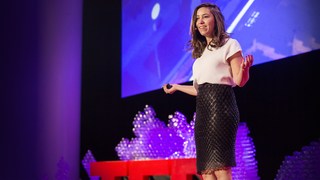
Share short talks from the TED Youth collection.
Who doesn’t like a good TED talk? While TED talks run for 17+/– minutes, TED Ed talks run for 6–10 minutes. Seventeen minutes is a long time for a student to prepare a talk and a longer time for a classroom of students to sit and watch several in succession! Choose a time length that works best in your classroom.
In these short presentations, students explore a topic they want an audience to think differently about. While I’ve done these with numerous students, one of my favorites that stands out was by a quiet sophomore girl who got up and explained what social anxiety is, what it looks like, and how we as teachers and students can offer support to those quiet kids we see in school. It was so powerful!
How-to
In this project, students need to think not only about their thesis, but about their call-to-action. What do they want the audience to do? To think differently about? Show students sample TED talks in the field that you are studying and ask them to dissect them as a craft.
They should recognize that
- each talk starts with some kind of opening attention getter.
- the speaker seamlessly integrates facts with narrative.
- the slides used augment what is being said; they do not reiterate it. (Students are always looking for places with free pictures. My favorites are Unsplash and Morguefile. Pixabay is popular, too.)
I like to show students the short video “Five Things Every Presenter Needs to Know About People” by Susan Weinschenk to discuss the confliction behind our audio and video processing channels.
When students write their speeches, they need to write more informally than in an essay or a letter, because it needs to sound conversational. I always ask students to print off their final piece and read it with a pencil in hand so they can hear where transitions and conjunctions need to be added for fluency.
The big thing with TED talks is giving students time to practice. Don’t just suggest practice—make it part of the project. No unrehearsed talk will ever go well. If desired, the videos can be recorded and published on your school or library YouTube page for others to view.
Infographics
Description
Infographics are exciting ways to present information. Because 50% of the brain is used to process visual information, we tend to remember more when engaging visual material is given to us (Neomam Studios). Online infographics contain statistics, clipart, arrows, charts, and anything else students want to design. The title can either act as a simplified thesis (Processed Food Can Be Healthy, Too!) or it can be the essential question (Can Processed Food Be Healthy?).
How-to
As students have collected data, they will most likely need to pare down – what is essential to include here? An infographic should not just be a splattering of facts on a page – collectively, they should be proving a point and contributing to the greater message you want your audience to walk away with.
Then students will need to plan out their infographic. Setting it up and determining what kinds of visuals and charts to use can be tricky at first. Be sure to show them lots of examples of great infographics and direct them to sites that will help them build beautiful visuals.
Some of my favorites are:
Apps come and go on the internet. This article at Common Sense Media is a good resource. Kathy Schrock’s guide has lots of infographics examples to share with students.
Final thought
We live in arenas of stimulating experiences that appeal to our audience on multiple levels. It is as important to introduce our students to methods that allow them to creatively portray their work as it is to introduce them to essay writing.
Share your own ideas (and favorite apps) in the comments!
________________
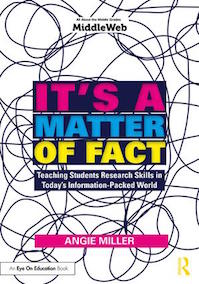
Miller is also the recipient of the 2017 New Hampshire Library Program of the Year award and has been a TED speaker and a National Geographic Teacher Fellow. Follow her on Twitter @angieinlibrary.
It’s a Matter of Fact is co-published by MiddleWeb. For a 20% discount, use the code MWEB1 during checkout at the Routledge website.



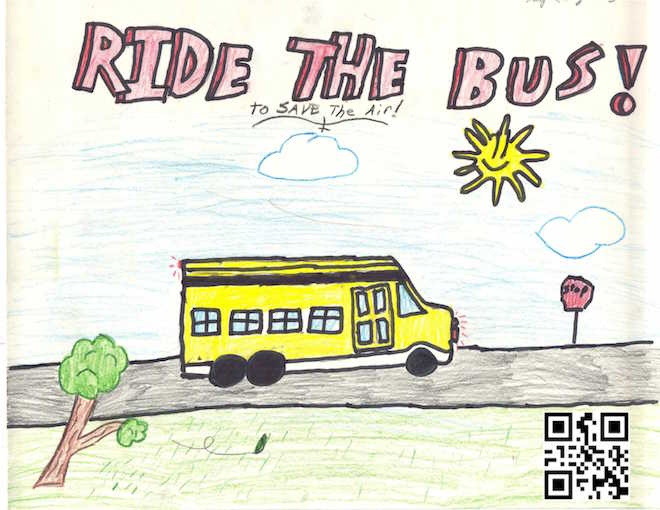
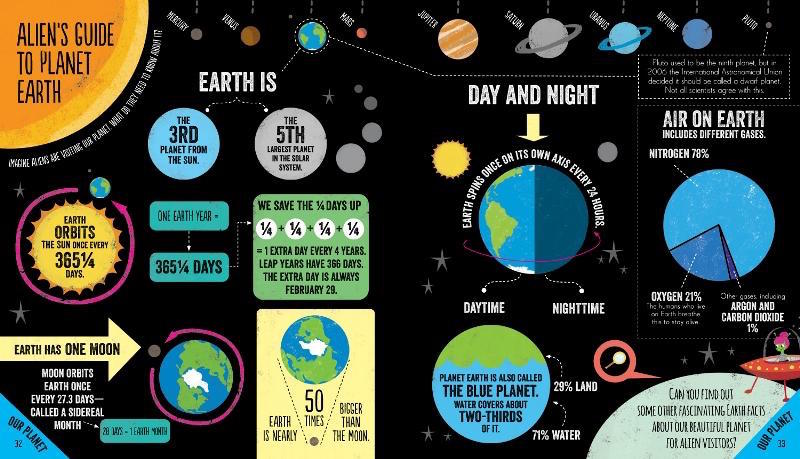






























Totally great ideas! Love this practical, revolutionary approach to student research debriefings/presentations
A great, welcome change to essay writing that makes the collecting and organizing of information into something that really makes sense. Thank you so much for these super practical ideas!